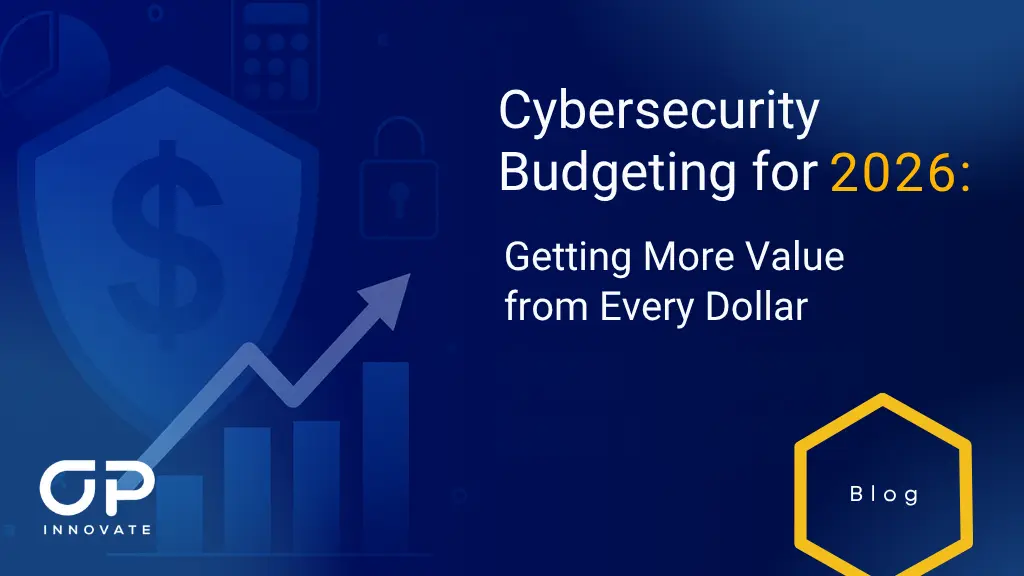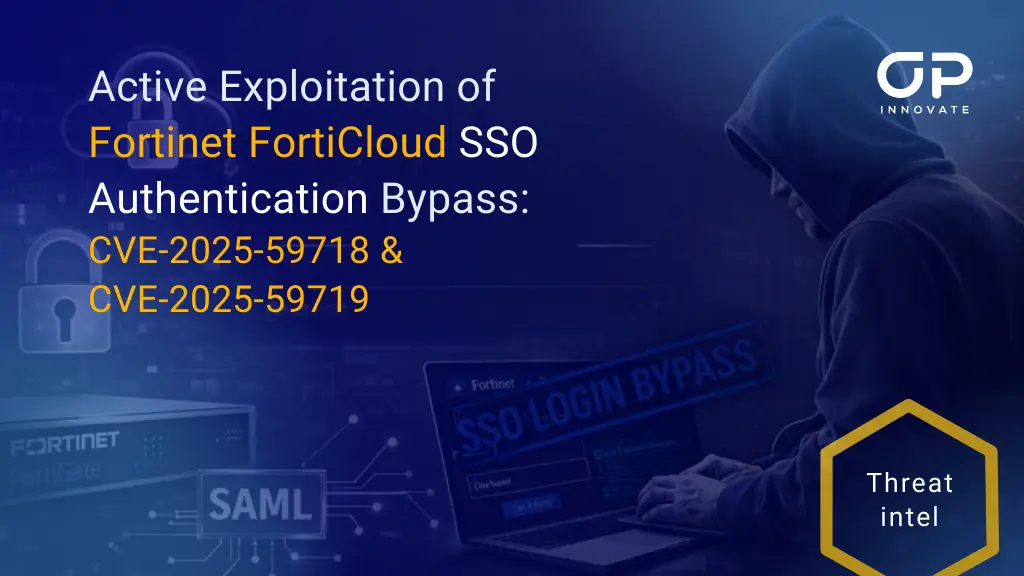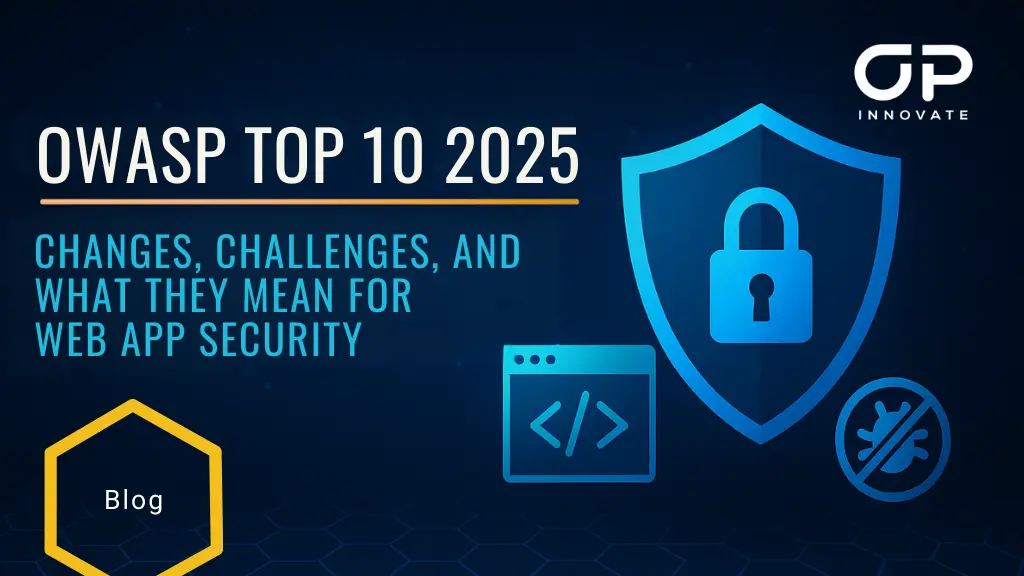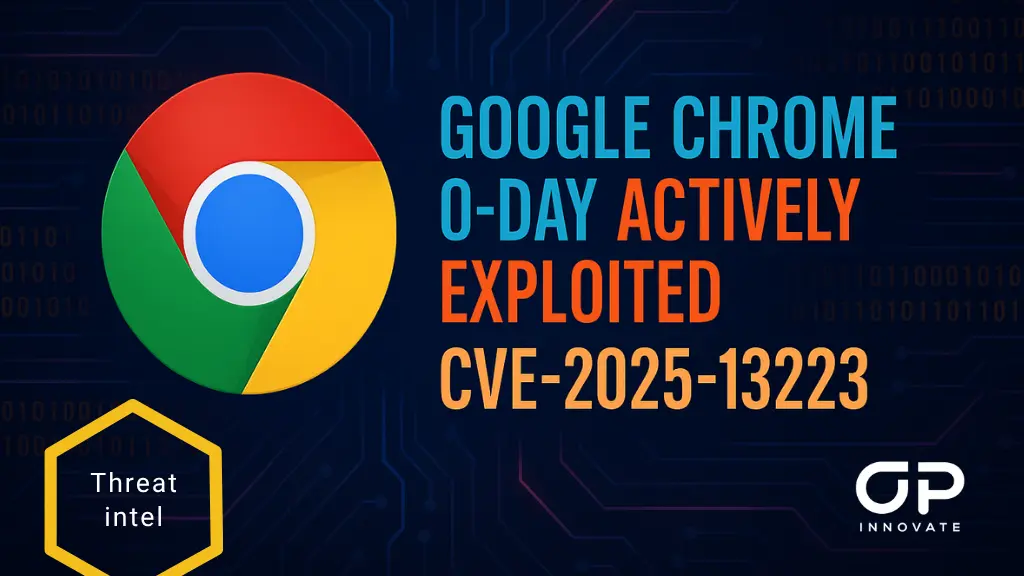As organizations close the books on 2025, cybersecurity leaders face a familiar dilemma: rising threats, growing expectations and shrinking budgets . Economic uncertainty has tightened spending across industries, while cyberattacks are only intensifying.
CISOs are under pressure to do more with less, balancing protection, compliance, and innovation while demonstrating a measurable return on every dollar spent. The days of buying more tools and hoping for better outcomes are over.
Success in 2026 will depend on continuous visibility and measurable impact, ensuring that every security investment strengthens resilience, accelerates remediation, and contributes to long-term operational maturity.
The 2026 Cybersecurity Landscape
In 2026, cybersecurity leaders face a dual challenge: defending against an increasingly complex threat landscape while proving the business value of every dollar spent. This year marks a turning point toward risk-driven budgeting and continuous exposure management.
According to Ivanti’s 2025 State of Cybersecurity report, exposure management, defined as the continuous, business-contextual assessment of attack surface and vulnerabilities is gaining traction, with more mature organisations 1.6× more likely to be increasing investment in it.
Further, NIST’s recent IR 8286B underscores that cybersecurity investment decisions are increasingly part of enterprise risk management, meaning budgets are being shaped by prioritised risk and business impact rather than just tool acquisitions.
Regulatory Drivers
Global and sector-specific regulations, such as the EU NIS2 Directive, updated SEC disclosure requirements, and new data protection mandates, are pushing companies toward continuous validation of their security posture. Annual audits no longer meet compliance expectations when regulators demand proof of ongoing control effectiveness.
Evolving Threats
Threat actors are becoming faster, stealthier, and more business-aware. Advanced persistent threats (APTs) and supply-chain compromises now exploit the gaps between periodic tests. Once-a-year penetration tests can’t keep up with adversaries who adapt daily.
The result: organizations that rely on static testing models are often blindsided by attacks that exploit known-but-unremediated vulnerabilities.
Why Traditional Budgeting Fails
Traditional cybersecurity budgeting models often prioritize acquisition over assurance. Companies invest heavily in detection and prevention tools, but underinvest in validating that those tools actually work as intended.
- Snapshot testing: One-time penetration tests offer a limited, outdated view of exposure.
- Redundant spending: Multiple scanners and siloed reports create overlap, confusion, and higher costs.
- Operational inefficiency: Separate teams and tools lead to duplicated remediation work.
- Optimal configuration: After the initial outlay, companies sometimes minimise the professional services required to get the product to do what it promises to do.
- No measurable impact: Without continuous validation, it’s nearly impossible to quantify ROI or demonstrate progress to executives.
In short, traditional budgeting measures spend, not effectiveness.
The Shift to Continuous Validation

As a response to the dynamic nature of modern cyber threat, Gartner is endorsing Continuous Threat Exposure Management (CTEM) as a practical and sustainable model for managing security risk and optimizing budgets.
Unlike traditional, point-in-time assessments that only provide a limited snapshot of an organization’s defenses, CTEM is a cyclical and continuous process that helps organizations identify, validate, and remediate exposures in real time.
With CTEM, security validation becomes an ongoing function rather than an annual checkbox exercise. Instead of waiting for the next audit to discover weaknesses, organizations can maintain continuous awareness of their exposure, respond faster to critical risks, and demonstrate measurable improvement to stakeholders and regulators.
WASP: A Smarter Way to Spend Security Budgets
The principles of CTEM come to life through OP Innovate’s WASP Platform, a solution designed to transform cybersecurity testing from a one-off engagement into a continuous, results-driven process.
Where traditional penetration testing ends with a static report, WASP delivers ongoing validation that mirrors the CTEM cycle: identify, assess, validate, and remediate.
The platform combines manual expertise from OP Innovate’s CREST-certified penetration team with automated scanning and real-time collaboration tools, providing security teams with a living view of their true risk exposure.

The “Findings” dashboard in WASP, allowing you to take quick action on the most critical security risks
How WASP Operationalizes CTEM
- Continuous manual + automated testing: WASP continuously probes applications and infrastructure, uncovering new exposures as environments evolve.
- Real-time triage and remediation: False positives are removed, allowing actionable findings to be prioritized and delivered through integrations with Slack and Jira, helping remediation teams act immediately.
- Risk-based prioritization: Every vulnerability is contextualized by severity and business impact, ensuring resources are focused where they matter most.
- Consolidated dashboards: All testing, results, and progress metrics are centralized, reducing reporting overhead and proving measurable improvement over time.
By integrating these capabilities, WASP allows organizations to measure the return on their security spend. Rather than paying for repetitive, isolated tests, teams gain continuous assurance, improved MTTR, and clear evidence of security maturity.

How to Build a Future-Proof Cybersecurity Budget for 2026
Building a cybersecurity budget that can withstand both evolving threats and organizational scrutiny requires a shift from reactive spending to strategic, data-driven allocation. The most resilient budgets are those that balance prevention, validation, and response to ensure every dollar contributes to measurable risk reduction.
Here are four practical steps to guide your 2026 planning:
1. Prioritize Exposure Management
Allocate a defined portion of your budget toward continuous validation programs such as CTEM and PTaaS (Penetration Testing as a Service). These initiatives deliver ongoing visibility into your attack surface, ensuring vulnerabilities are identified and remediated long before they can be exploited.
2. Consolidate Overlapping Tools
Many organizations overspend on multiple scanners, reporting solutions, and dashboards that generate fragmented data. Focus instead on integrated platforms (such as WASP) that unify testing, analytics, and collaboration. Reducing tool sprawl not only cuts costs but also improves operational efficiency and data accuracy.
3. Invest in People, Not Just Products
Technology is only as effective as the teams using it. Empower security and remediation staff with actionable insights and contextual data, rather than overwhelming them with alerts. Investing in training, communication workflows, and clear triage processes amplifies the impact of every tool in your stack.
4. Measure ROI Through Metrics
A future-proof budget is one that demonstrates quantifiable outcomes. Track key performance indicators such as:
- MTTD (Mean Time to Detect): how quickly you identify threats
- MTTR (Mean Time to Respond): how fast you mitigate them
- Vulnerability closure rate: how effectively issues are resolved
- Test coverage: how comprehensively your assets are validated
These metrics provide tangible proof of progress, helping CISOs justify spending, benchmark improvement, and align cybersecurity performance with business value.

Continuous testing amplifies the effectiveness of every other budget category by validating that controls actually work.
Security ROI Comes from Continuous Insight
The most effective cybersecurity budgets in 2026 will be agile, measurable, and continuously validated. Static tests and disconnected tools can no longer justify their cost or keep pace with modern threats.
By investing in continuous penetration testing through WASP, organizations gain constant visibility, faster remediation, and verifiable proof that every dollar spent strengthens their defenses.
See how WASP helps you maximize cybersecurity ROI in 2026. Request a Demo or Create Your Free Account.










